I have made a simple digital amplifier using 2N4401 Philips switching transistor.

simulate this circuit – Schematic created using CircuitLab
I have tested this amplifier on 5 VDC and it has worked (though the effect was very weak). However, if I plug 12 volts from the power supply, the 2N4401 lets all the current through (even when base is disconnected). It doesn't seem to be damaged though, since 5V behaves normal.
I must say that I'm a little bit confused by all the tables in the datasheet. I'm not sure what should the resistors be - I can't see what is the maximum current allowed for the transistor.
The pull-down resistor is here to make the transistor close faster (so I was taught). But again, I don't know how to calculate the resistance so that the transistor never gets more than necessary current.
It might be that the transistor was somewhat damaged. But it's still closes and opens as expected if there's 5V over collector-emiter.